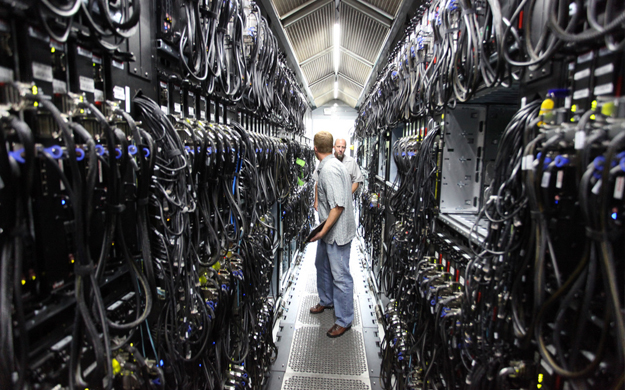What CIOs Should Know About The Future Of Data Centers
Enterprise IT systems are increasingly being deployed in a hybrid architecture, with workloads running on whatever platform is best for a particular application, whether it’s on-premise or off, public cloud or private, custom or third-party app. As companies move toward this smorgasbord scenario, it’s critical that their data centers are fully connected and as flexible as possible.
Such facilities will enable organizations to connect to whatever they need, when they need it, be it network carriers, their own partners or customers, application providers or cloud services outside the data center, according to Drew Leonard, vice president of global colocation at CenturyLink.
“It means connecting back to home offices, connecting to other data center providers, connecting to internal data centers and connecting to various cloud providers through a variety of different network connections and custom network configurations,” he said.
Flexibility will be a key requirement in the future. “The world is changing rapidly,” said Leonard, and customers need the ability to balance workloads between colocation and cloud. CenturyLink customers already are asking for more flexibility in their service agreements, he noted. “The ultimate level of flexibility will allow you to dial up and dial down [services] and move workloads dynamically from a colo environment to a managed environment or to a cloud environment, not just in one data center but in multiple data centers,” he said.
To ensure flexibility, enterprises should evaluate two categories of connections, according to Kelly Morgan, a research director at 451 Research.
All this activity means the data center of the future will offer many options in terms of network connectivity and access to cloud and SaaS providers. What’s more, “many firms want to reduce the amount of time they need to spend managing all these different vendors,” said Morgan.
451 Research sees more data centers offering management software that gives their customers increased visibility and control in orchestrating all the different parts. The software enables enterprises to do things like turn workloads on and off and see how much power and bandwidth they are using.
“In the long term, that will help enterprises be more efficient in the way they use those resources,” said Morgan. It will help firms see and manage their entire hybrid IT hardware and software as one system, she said. “We’re not there yet, but eventually that’s where the industry is trying to go.”



